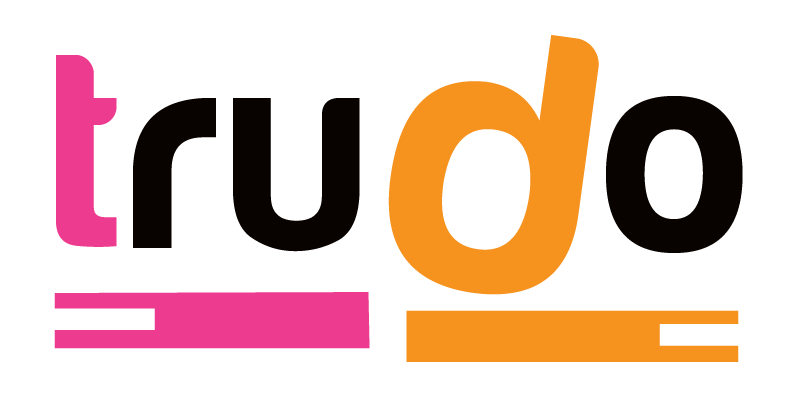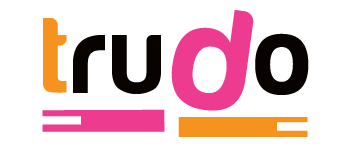06 Dec [Visual Content] – How Our Brain Processes Different Content
The key lies in the brain.
How do you decide what type of content to use in your digital marketing strategy?
There are many different sources of content that can be used in digital marketing. The delivery of the message is reliant on the type of content you are using to get your point across.
Written Content
This is the stalwart of internet content. We learn to read at a young age and traditionally recognise written word as the source of most of our learned knowledge. We add weight and value to written word as it requires our attention to understand the symbols, recognise the words and ‘picture’ the world the words are portraying for us.
In general the content types most commonly use are:
- Blog Posts – blogs are about communicating and furthering the learning process – ongoing education (bookmark ours or subscribe for regular updates! )
- Website content – can be static in general terms but a fantastic source of core information about you our your business.
- E-books – often derived from blog posts. We use them as a way of re-purposing content for further use.
- Whitepapers – bespoke problem solving devices. Often written by experts in a particular subject. Digging into learning.
- Case Studies – can be a clever way to engage people who may be outside your core audience. Draw them in on a project by project basis and people can bridge the similarities gap to their own needs.
When we read, our brains attempt to put us in the shoes of the author or protagonist. We use words to visualise the world being described to us.
Our brains are activated in the same area, whether we read about something or see it in real life.
Best For:
- Creating a relationship between brand and consumer
- Showcasing expertise and experiences
- Building consumer trust
- Evaluation & comparison of your products and services
- Sharing Customer testimonials
Graphic Content
Content Types:
- Infographics – it doesn’t get much clearer or easier than Infographics! Apart from the amount of scrolling that is 😉
- Slideshows – think of a sales presentation. When you hear the words that are presented on the screen in front of you and associate them with imagery you are far more likely to recall them than if it was spoken word alone.
- E-books – usually derived from blog posts with images and illustrations included to enhance the interpretation of the content.
Visuals help us to remember and understand content more quickly. Have a read of What’s a picture word in words? to see what we think of this process where images are stored in our long-term memory.
[bctt tweet=”Did you know as much as 50% of our brains are wired to receive visual input? #visualcontent” username=”SquarevMedia”]
It takes you about 1/10 of a second to understand a visual scene and it takes you just 250 milliseconds to process a symbol, and attach a meaning to it.
Best For:
- Presenting complex data and ideas
- Attracting attention & interest to your brand
- Creating memorable content
- Making a persuasive argument
Interactive Content
Content Types:
- Quizzes
- Interactive Infographics
Interactive content combines visuals, stories, and participation, tapping into multiple regions of the brain. Participation leads to higher rates of retention and learning.
Readers feel catered to and heard when they receive a personalised quiz results. Interactive content is highly shareable on social media – quizzes and quiz results are the most shared media type on Facebook. I would also include polls on both Facebook and Twitter as a way of engaging with your audience.
Best For:
- Creating content to be shared on social media
- Engaging a reader on a personal level
- Developing an interactive experience that will be remembered
Video Content
This is our baby! Video production is what we specialise in here at SQUAREV.Media. Video really is the perfect blend of informing, connecting visuals with words and engaging with audiences.
We have plenty of examples of these content types on our YouTube channel:
- Brand/Culture Videos
- Video Blogs (Vlogs)
- Instructional video
- Webinars
Take a look at this fine example featuring The Notorious Conor McGregor talking about his new Maclife FAST Training program website that we were involved in.
Videos enhance emotional connection with viewers, through a mix of intonation, pitch, movement, body language, and other behaviors.
The brain processes video 60 000 times faster than text.
Watching a video does not require active participation, so it doesn’t take up as much energy for the brain to process.
Best For:
- Sharing personal stories about your company, history, and brand
- Forming emotional connection with viewer
- Showing how to do something
Now having read through all that content here is an Infographic which provides a nice summary and a visual aide to memory:

Source: How Our Brain Processes Different Kinds of Content [INFOGRAPHIC] – Main Path
Please include attribution to https://www.mainpath.com with this graphic.




No Comments